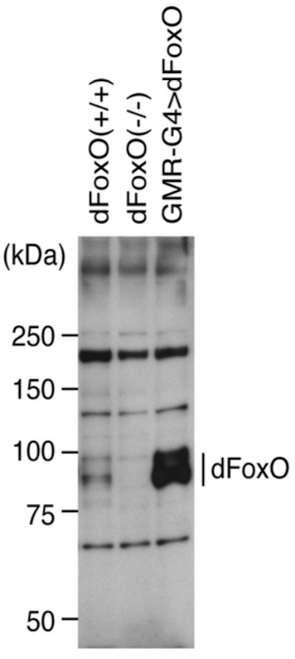Catalog numbers beginning with "CAC" are antibodies from our exclusive Cosmo Bio Antibody Collection. Visit the CAC Antibody homepage to browse the collection list, organized by research topic.
Transcription factors (TFs) directly interpret the genome, performing the first step in decoding the DNA sequence. Many function as ‘‘master regulators’’ and ‘‘selector genes’’, exerting control over processes that specify cell types and developmental patterning (Lee and Young, 2013) and controlling specific pathways such as immune responses (Singh et al., 2014). In the laboratory, TFs can drive cell differentiation (Fong and Tapscott, 2013) and even de-differentiation and trans-differentiation (Takahashi and Yamanaka, 2016). Mutations in TFs and TF-binding sites underlie many human diseases. Their protein sequences, regulatory regions, and physiological roles are often deeply conserved among metazoans (Bejerano et al., 2004; Carroll, 2008), suggesting that global gene regulatory ‘‘networks’’ may be similarly conserved. And yet, there is high turnover in individual regulatory sequences (Weirauch and Hughes, 2010), and over longer timescales, TFs duplicate and diverge. The same TF can regulate different genes in different cell types (e.g., ESR1 in breast and endometrial cell lines [Gertz et al., 2012]), indicating that regulatory networks are dynamic even within the same organism. Determining how TFs are assembled in different ways to recognize binding sites and control transcription is daunting yet paramount to under-standing their physiological roles, decoding specific functional properties of genomes, and mapping how highly specific expression programs are orchestrated in complex organisms. [from: Lambert SA, Jolma A, Campitelli LF, Das PK, Yin Y. (2018) The Human Transcription Factors. Cell. 172:650-665.]
Forkhead transcription factor FoxO controls various cellular processes involved in cell cycle, cell death, metabolism and oxidative stress. Recent studies have also suggested FoxO is a key molecule for lifespan regulation of various organisms. Drosophila has a single FoxO gene (dFoxO), inactivation of which is dispensable for survival. However, dFoxO appears to regulate resistance to oxidative stress and aging in Drosophila. The activity of dFoxO is regulated by phosphorylation, ubiquitination and acetylation, which may cause multiple bands of dFoxO in western blotting using this antibody. This antibody detects endogenous levels of total dFoxO protein.
References:
1) Kanao T, et al. (2010) Activation of FoxO by LRRK2 induces expression of proapoptotic proteins and alters survival of postmitotic dopaminergic neuron in Drosophila. Hum Mol Genet. 19:3747-3758.
| Product Specifications | |
| Application | IP, WB |
| Reactivity | Drosophila |
| Clonality | Polyclonal |
| Host | Rabbit |
| Documents & Links for Anti Drosophila Forkhead Box Protein O (dFOXO) pAb (Rabbit, Antiserum) | |
| Datasheet | Anti FOXO pAb (Rabbit, Antiserum) Datasheet |
| Documents & Links for Anti Drosophila Forkhead Box Protein O (dFOXO) pAb (Rabbit, Antiserum) | |
| Datasheet | Anti FOXO pAb (Rabbit, Antiserum) Datasheet |



